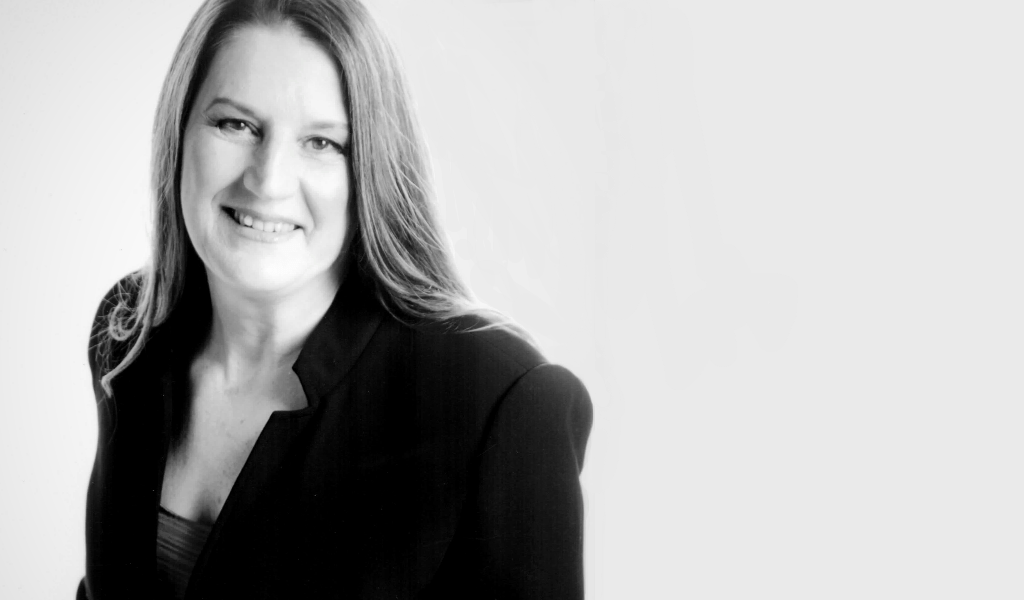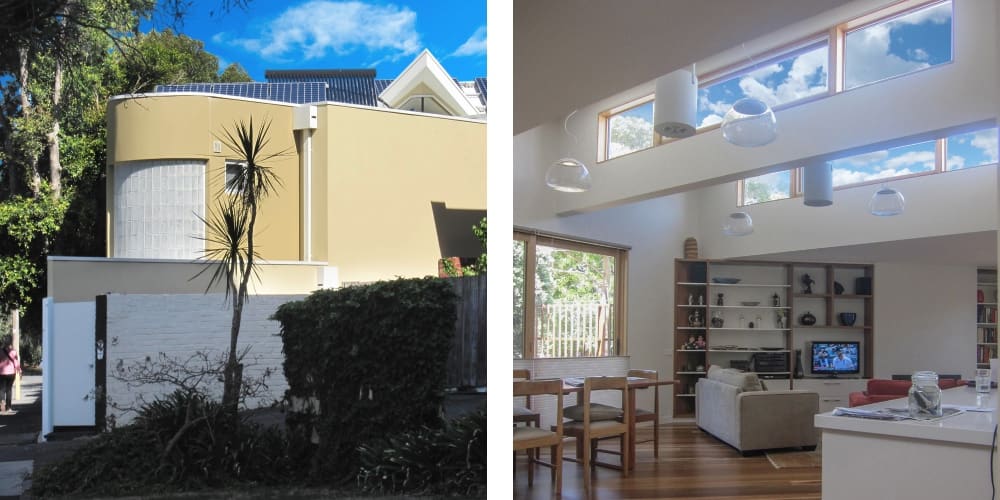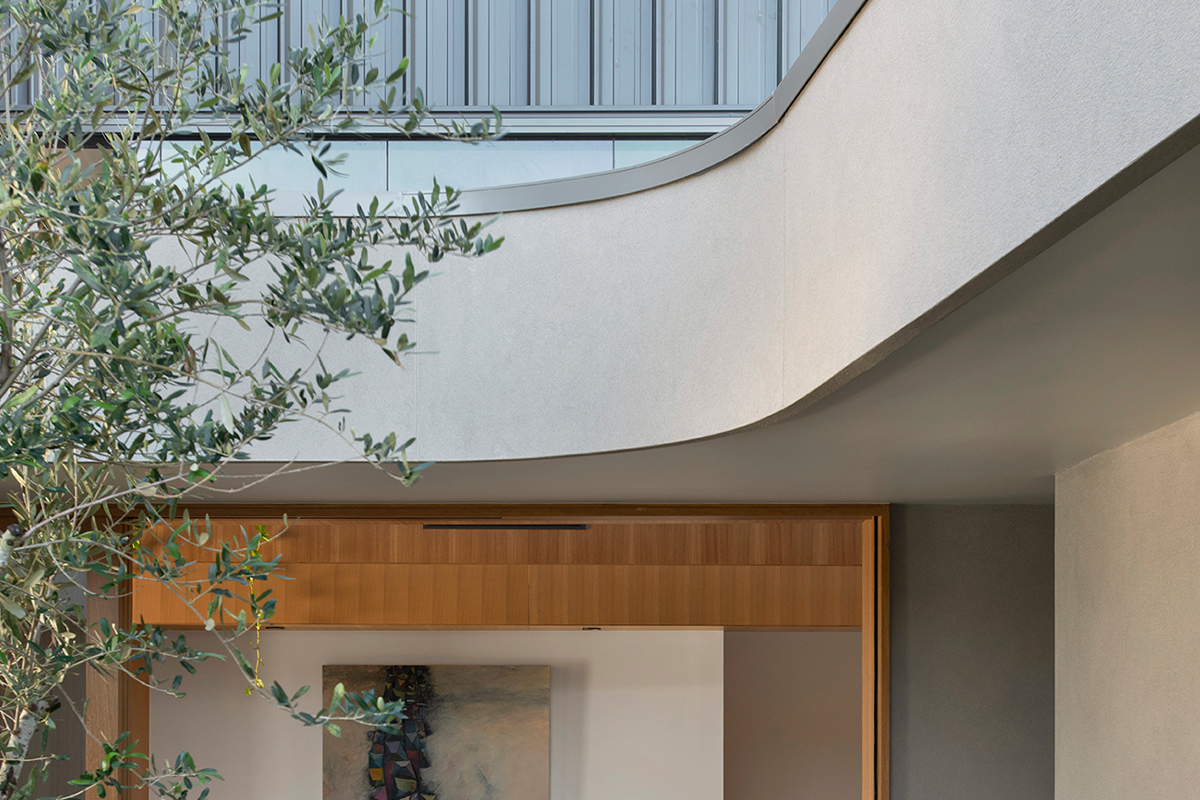
Building sustainably has been key to BP Architects’ success
Bridget Puszka’s experience in sustainable design has taken her all over the world – to England where she studied for her Masters (long before Australian universities were offering specialisations in eco-design), to India where she set up a design practice with local architects, and back home to Melbourne. She has been designing energy efficient and environmentally sustainable homes for decades now at her firm BP Architects.
Treks in the bush as a child ensured that Bridget has had a love of the environment from a young age and she welcomes the rise in awareness in the general public’s mind on sustainability issues. She recommends Hebel because of the wide range of advantages it offers to an increasingly well informed client group who are seeking new innovations, insisting not only on a beautiful, comfortable home, but one that reduces their carbon footprint and that benefits the environment as a whole.
“When you design an energy-efficient, sustainable home, you’re doing it knowing that you’re designing a home or a building that’s reducing the impact on the environment. You’ve got a smaller greenhouse footprint,” Bridget explained.
“You end up with a better quality home because you don’t rely on artificial heating or cooling as much. It’s much more comfortable inside because you don’t get those big temperature swings from cold to hot during the day, that you might find outside because it’s a lot more constant in the temperatures. In general, it makes a lot of sense to have a sustainable, energy-efficient home.”

Hebel was utilised for this sustainable heritage renovation extension by BP Architects, located in West St Kilda, VIC.
Bridget is finding that clients are becoming increasingly well informed about issues related to energy efficiency and sustainable design. She remembers setting up displays at exhibitions in the last two decades that required a lot of educational explanation on the basics of thermal mass and thermal bridging. Now clients are already “sold” on the idea of a home that takes full advantage of passive solar design, environmentally sustainable materials and a holistic approach to design and building.
“I recommend Hebel to my clients because it’s a light-weight panel that’s perfectly suited to the temperate climate of Melbourne and Sydney. It allows you to have thermal mass inside the building and then a lightweight envelope that forms an essential part of the passive solar design. It means you can cool down a house quickly in summer by exhausting the hot air, and it can also retain the heat in winter when you want it. It works very well with the climate.”
Hebel is her first choice when designing eco-efficient homes, for the multiple advantages it has over other materials. Lightweight, and speedy to install, the use of Hebel means that designs require less structural beams compared to bricks or other heavier materials – reducing the environmental impact of the build and offering more freedom when designing.
“I find Hebel to be a really durable material that is easy for builders to install. It’s light to lift and easy to affix. It comes in large panels, it’s quick to erect and there are plenty of skilled subcontractors trained by Hebel out there to do the work.”
Bridget has utilised the expert advice available to architects from Hebel, and makes sure when specifying that her builders also know that support and advice is available. She finds more and more that builders are already familiar with the material but with innovation occurring all the time she finds ongoing support invaluable in her practice.
Environmentally aware designing and building is a trend that’s here to stay, and architects like Bridget and her colleagues are leading the way.
CSR Group Privacy Policy | CSR Group Cookie Policy | CSR Group Website Terms of Use | © 2024 Copyright Hebel.


